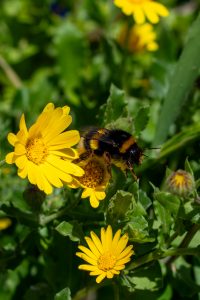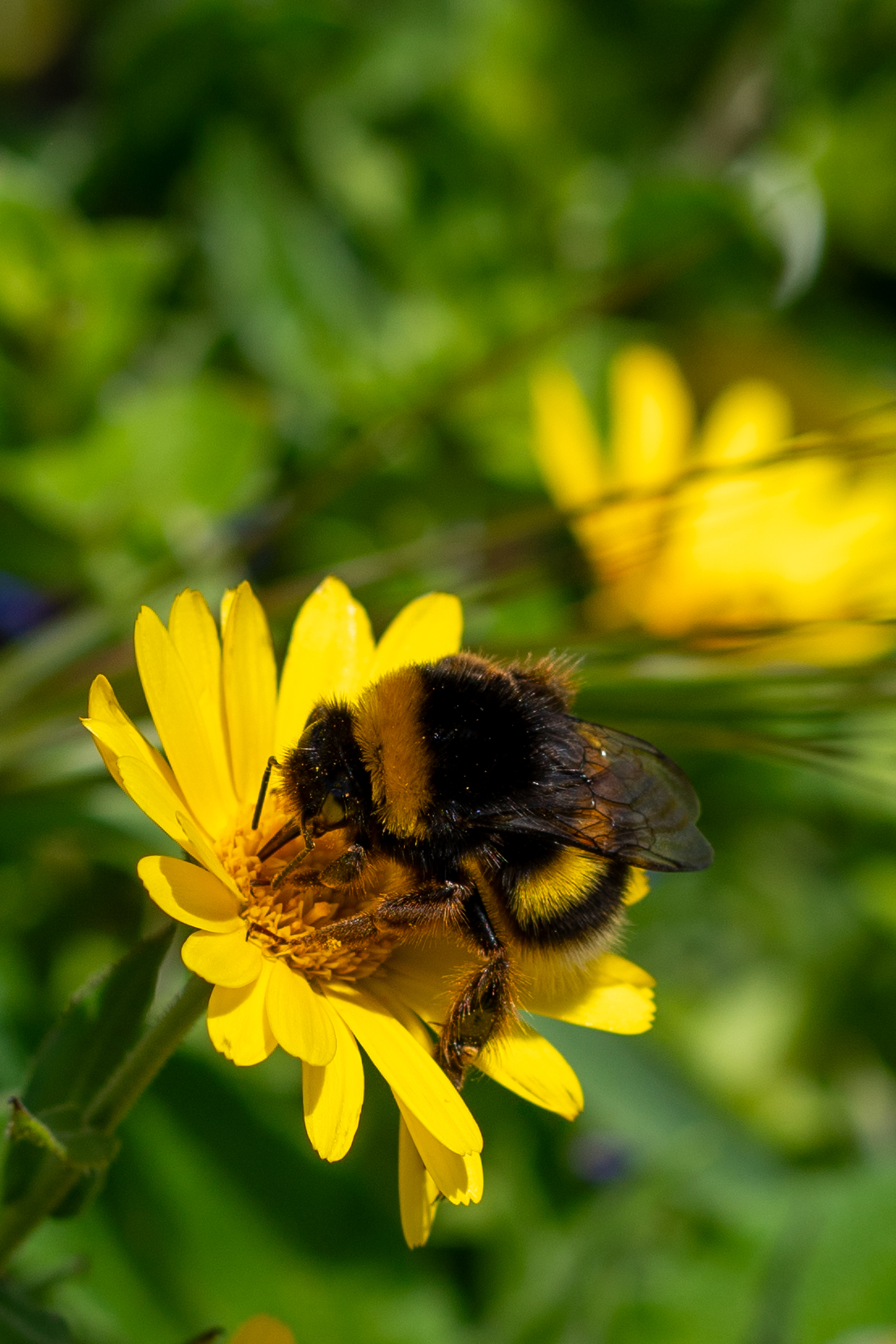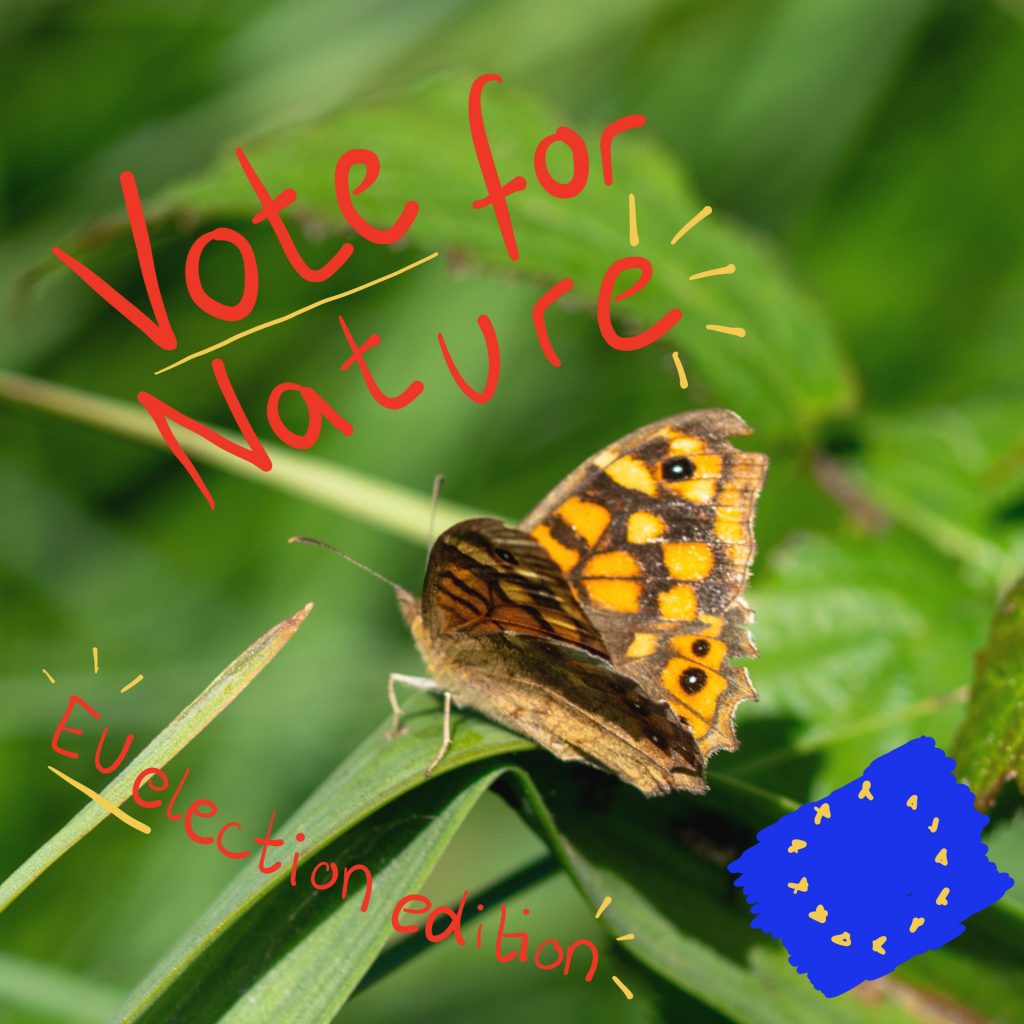The “Save the Bees” rallying cry has become ubiquitous over the years. With bee populations declining, scientists and activists are working tirelessly to highlight the importance of bees and the threats they face. Why all the fuss? Because bees, particularly bumblebees, play a critical role in pollinating flowers and plants, ensuring their reproduction and seed production. Still not convinced? Consider this: plant reproduction is the base of our food supply. Without pollinating bees, there’d be no reproducing plants, and subsequently, no food for us. But not all bees are created equal. While you might envision a honeybee when you hear the slogan, it’s actually the bumblebee that needs to take centre stage when it comes to pollination.
The difference between honeybees and bumblebees
Similar to honeybees, bumblebees belong to the corbiculate bee family, known for their small pollen baskets and pivotal role in pollination. You can easily distinguish between the two by their appearance. Honeybees are slender, with a distinct separation between their head and body, whereas bumblebees appear more compact and fluffy. A closer look at their wings reveals another key difference: honeybees have two separate wings, while bumblebees’ second wing is smaller and hooked onto the larger one, giving the appearance of a single wing. Unlike honeybees, which can boast hive populations of up to 50,000, bumblebee colonies are much smaller, typically housing around 250 individuals. Furthermore, bumblebees don’t produce honey; instead, they store pollen and nectar in wax pods to nourish their larvae.
The importance of bumblebees for the food chain

Although bumblebees don’t directly produce food, they’re indispensable to our food system. Through coevolution with native plants, bumblebees have become the primary pollinators for many of these species. As bumblebee populations decline, the pollination of native plants and crops becomes increasingly challenging. To put things into perspective, the EU has launched a bumblebee monitoring program, not solely out of concern for biodiversity loss, but mainly due to the profound implications of bumblebee extinction on our agricultural food production. But why are bumblebees even more vital in pollination than honeybees? As mentioned earlier, bumblebees have coevolved with our native plants and developed specialised techniques to access even hard-to-reach pollen in native plants. Their long tongue, called proboscis, allows them to reach deep into flowers, while their buzzing wings help dislodge tightly sticking pollen from flower heads. This unique pollination method, for example, significantly benefits crops like tomatoes and eggplants, and can increase their yield by up to 30 percent.
An endangered ecological hero
Despite their critical role, bumblebees face numerous threats. Habitat degradation, primarily driven by urbanisation, poses a significant challenge by reducing the availability of diverse habitats essential for bumblebee survival. Additionally, the use of insecticides and pesticides further exacerbates their decline. While farmers have attempted to mitigate the loss by managing bumblebee hives, these efforts often backfire, as domesticated bumblebees introduce fatal diseases to wild populations.
What you can do to save bumblebees
So, how can we help bumblebees? Maintaining maximum diversity in natural spaces is crucial. Whether you have a garden or balcony, planting a variety of native species and ensuring continuous flowering throughout the year is essential. Providing diverse structures like deadwood and rock piles offers nesting sites for bumblebees is also very important. Avoiding the use of insecticides and pesticides seems like an obvious one but too important to not be mentioned, as is refraining from feeding bumblebees, especially with honey, to prevent disease transmission.
In summary, bumblebees are indispensable to our food system, and their ongoing decline threatens our very survival. Despite the declining population trends, there’s hope. Each of us has the power to improve habitat conditions for bumblebees and counter the ongoing development of their extinction.






